Diving Accessible and Historical with the Tornek-Rayville TR-660
Taking a true piece of American military history underwater.
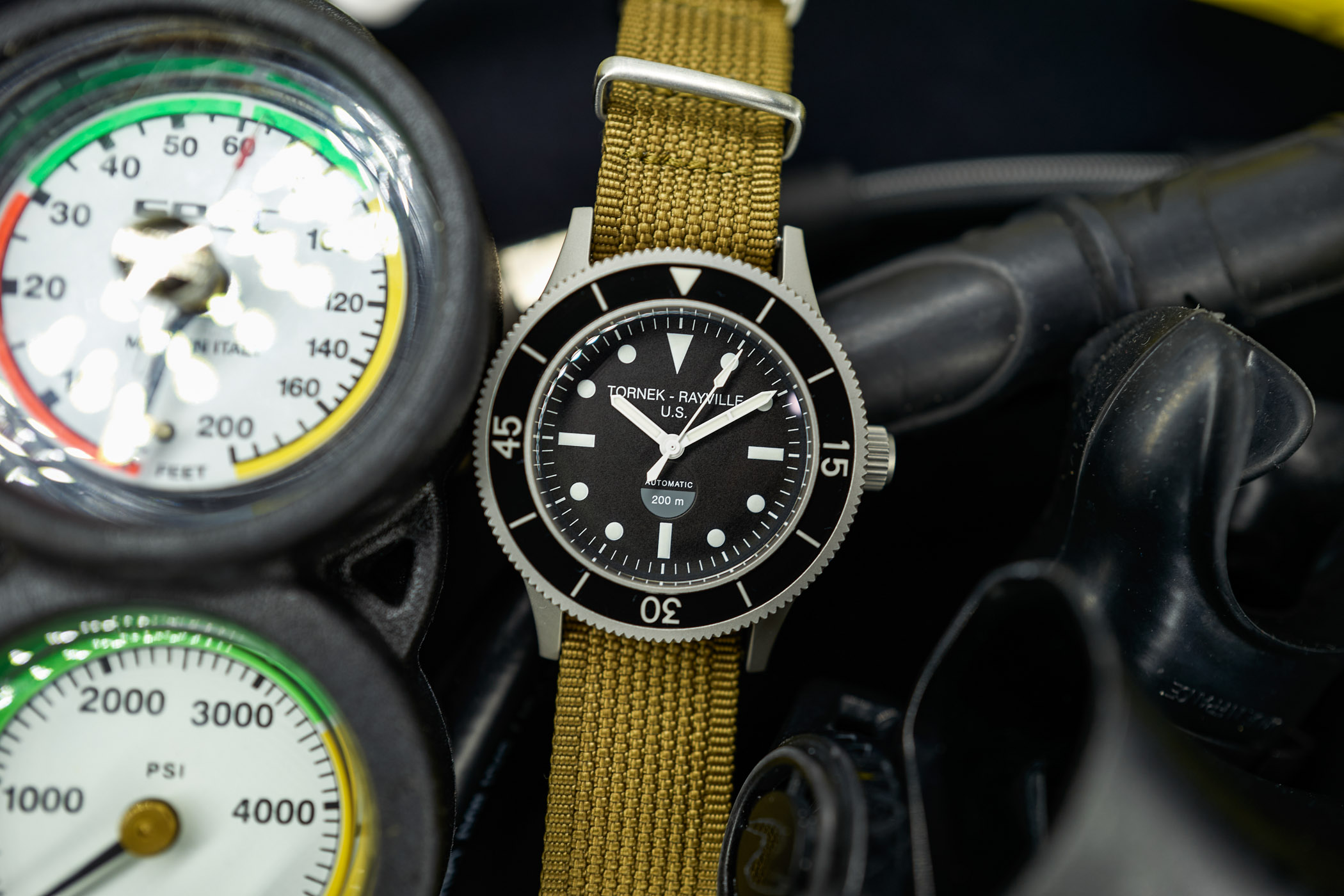
Military-inspired watches… The term “MIL-SPEC” gets thrown around pretty loosely these days. Once solely the territory of goods produced for soldiers around the world, and used to signify them as such to set them apart from their more civilian-suited counterparts, it has become a fashionable, catch-all marketing phrase to let you know how tough and well-made a particular product is. A quick Google search brings me everything from shoes and socks to paint and drill bits carrying the MIL-SPEC descriptor. If everything is MIL-SPEC, is anything MIL-SPEC? I invite you to spend many days pondering this philosophical posit, but first, let’s talk about watches. In the world of watches, the first thing MIL-SPEC might make you think of is the Rolex Milsub. As a dive watch used by many military units across the globe for years, it certainly deserves the tag. But in the early days of purpose-built dive watches, Rolex was neck-and-neck in competition with Blancpain and its Fifty Fathoms, and that iconic watch is the starting point for the story of TORNEK-RAYVILLE.
The backstory
In the late 1950s, the U.S. Navy’s Experimental Diving Unit (NEDU) was in the market for a “submersible wristwatch” for use by its “Underwater Demolition Team” divers, arguably a cooler name than what they would later become, the Navy SEALs. They needed a wristwatch that would stand up to the rigours of whatever exactly an underwater demolitionist does. We can assume that it’s no walk in the park. Preferring an American purchase, as the U.S. government is wont to do, they approached the Bulova watch company of New York and presented them with the specs they felt they required in a dive watch and put in an order for a “standard USN watch”. The decision was made to put a few other, already-in-production watches to the same tests that the Bulova USN would eventually endure, just to see. The watches chosen were the Rolex Submariner, the Enicar Sea Pearl 600, and the Blancpain Fifty Fathoms. After all the throwing, dropping, smashing, drowning, burning, scraping, punching, yelling, screaming and whatever else those tests entailed was over, the Fifty Fathoms was the last man standing. The Rolex fared the worst, found to be “not watertight”, its bezel ruled “unsatisfactory” and its expensive expandable strap “definitely not desired”. Also, it was too shiny. And it’s ugly and stupid. Okay, I made that last part up, but it seemed like we were piling on Rolex. The Enicar did a little better, but, being the cheapest model, featured no rotating bezel and was also too shiny. A shiny watch is undesirable when one wants to sneak around underwater. The Blancpain was recommended for use until the Bulova USN was ready.
In 1959, the Bulova USN was ready to go through testing itself and the results were disappointing, to say the least. Of the three test watches provided, two of them had their bezels fall off, and one stopped working altogether. It turned out to be an excellent decision to put those other backup watches through their paces after all. Having a watch in place that they knew was up to the challenge, the U.S. Navy faced a new hurdle. Due to the Buy American Act of 1933, buying military gear that was not made in America, like the Blancpain Fifty Fathoms, was a complicated task. A quick-thinking New York importer named Allen V. Tornek came up with a solution. He would import the watches and rebrand them as TORNEK-RAYVILLE, a combination of his surname and the official business name of Blancpain at the time, Rayville S.A., succ. de Blancpain. By doing so, he would be selling the U.S. military watches from a U.S. company. Problem solved. And just like that, the TR-900 was born.
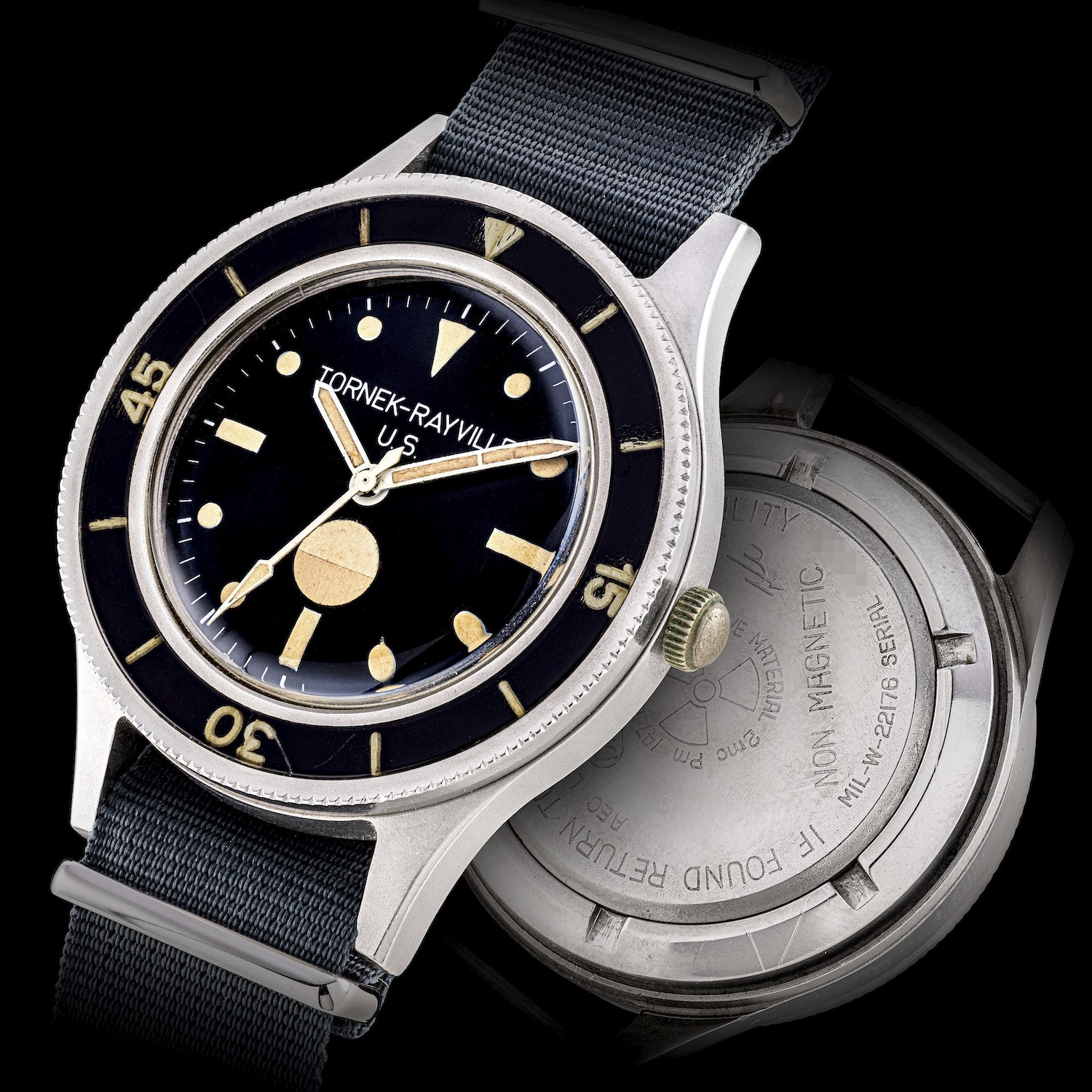
The U.S. Navy bought around 1,000 of them for $55 a pop (imagine that!), and they were put into service. Unfortunately, due to a sizable design flaw, most of the TR-900s would be destroyed as low-level radioactive waste within just a few years. The reason for this was the use of Promethium-147 as the luminous material. A radioactive element, Promethium-147 would have glowed brighter and longer than its alternatives, but has a half-life of only about three years, meaning that after about six years, the lume will cease to glow, rendering the watch essentially useless in undersea conditions. That, coupled with the grave caseback warnings of radioactivity and instructions to return the watch to the nearest military facility if found, would have likely overruled any thoughts of future collectability in the average person back then. As such, it is estimated that only about 30 of these watches are still around today. It is likely that Allen Tornek wanted to keep this arrangement going with the military, but by the late 1960s, with the U.S. headed towards war in Vietnam, there simply wasn’t the budget available, and no future orders were placed. No more TORNEK-RAYVILLEs would be produced, and this one quirky, loophole-based moment in watchmaking history had come to an end. Or so we thought.
The Rebirth
Whispers started to make their way around the forums a few years ago that the TORNEK-RAYVILLE name was being revived by none other than Bill Yao, the mastermind behind the much-beloved small American watch brand MKII. MKII is chiefly known as a purveyor of high-quality and meticulously crafted homage pieces, inspired by great military and aviation watches of the past. As famous (or infamous) for very long wait times as they are for exceptional quality, they have built up a rabid fan base since they started out nearly 20 years ago. As an American company known for catering to the love of somewhat obscure and esoteric military watches, there is truly no one I can think of better suited to the task of resurrecting the TORNEK-RAYVILLE name.
A trademark search reveals that MKII Corp acquired the TORNEK-RAYVILLE name way back in 2009, so this concept has seemingly been simmering for over a decade now, as this is the first watch from the newly revived brand. Billed as a replacement for the TR-900, the TR-660 imagines a world where the military never stopped using these watches, and this is simply the improved, next generation of equipment that they require. These upgrades include better movement, better water resistance and a reduced chance of radiation poisoning, which is always a plus.
This next generation of TORNEK-RAYVILLE arrives in a foam-lined, hard plastic case, fitting for a piece of military-issued gear. There are spaces to store two additional watches if you so desire, a nice touch. The box also includes a few spare spring bars, a spring bar tool, results of timing tests/warranty card, and a one-page instruction manual. Just the essentials. Now let’s talk specs.
The Tornek-Rayville TR-660 in the Metal
You won’t find any bells or whistles here, and that’s pretty much the whole point: pure utility. The 40mm stainless steel case is 14.7mm thick and 48.5mm lug-to-lug, and completely bead-blasted to get rid of that pesky shininess that the military just cannot abide. The case design continues the no-frills spirit, with flat surfaces and simple lines being the order of the day. Underneath the subtly domed and AR-coated crystal, the dial is about as utilitarian as it comes. It remains true in most ways to its predecessor, with a combination of fully-lumed circular, rectangular and triangle-shaped hour markers, placed around the matte black dial. The TORNEK-RAYVILLE US text is still printed across the top in large letters, lest you think this is some kind of Swiss watch in disguise (ahem!).
The main difference between the TR-660 and the old TR-900 is the moisture detector on the dial. The original had a circular patch above the 6 o’clock spot on the dial that would change colour when it came in contact with water, a necessary addition in a time when water-resistance was always questionable and a soldier needed to know for certain whether a watch was going to perform its duties. Yao decided not to include that in the new model. It’s an understandable exclusion, as watches are much more water-resistant and durable these days, but I would have personally liked to see it included; that orange and white half-circle is a big part of the charm of the original, in my humble opinion. It’s a minor quibble, and the modern version at least nods to it with a black and grey circle in the same spot that acts as the home for the “automatic” and “200m” text. At least the moisture indicator survived in spirit.
Time is kept with a pair of pencil hands and a second hand that has a long arrow tip, all fully lumed, of course. The bezel here is a 120-click affair that is very nice and smooth with virtually no backplay, and everything is lined up perfectly, as one would expect from Mr Yao’s meticulous eye. The watch is available with either a historically accurate acrylic bezel, or a more modern aluminium bezel. Given that the acrylic feels more like the original and is also fully lumed, it felt like the no-brainer choice to me, but the aluminium would probably stand up better to serious abuse, so it’s good to have options. Keeping things water-tight are a double-gasket, unsigned screw-down crown, and a minimally marked screw-in case back. Fancy logos are for the civvies.
Under the hood is the second-biggest departure from the original version, that of the Seiko NE15 movement. One could argue that a true homage piece should have included a Swiss movement like the original, but remember friends, this is not a homage, simply the next generation and improvement upon the previous model. To keep costs down and retain reliability and ease of service, using a Japanese movement here makes perfect sense. The NE15 is a 21,600vph movement with 24 jewels, a respectable 50-hour power reserve, and is rated to -15/+25 seconds per day. Adjusted in-house by TORNEK-RAYVILLE, mine has been running closer to -2spd so far.
Given that this watch is meant to improve upon the older model, the loss of the fixed bars and increase to 20mm lug width from 19mm are both welcome changes. That coupled with the drilled lugs means the TR-660 can be enjoyed on any kind of strap your heart could desire. Mine has yet to leave the stock option though, which is a Nytex™ Type I-M2 general purpose strap created in reference to MIL-S-46383, STRAP, WRIST: INSTRUMENT of 20 July 1963, which is theoretically the strap the original would have been delivered on. It’s a single-pass, woven nylon strap that is equal parts comfortable, tough and rugged feeling, a perfect fit for the watch. Available in the buyer’s choice of black or Army green colours.
On the wrist, the watch wears just about perfectly. I have heard concern voiced about the thickness, but the screw-in case back features a slightly domed shape, which increases the thickness on paper, but somehow improves wearability in practice, allowing the watch to somewhat sit in your wrist instead of just flat on top. The dimensions all work together to form a supremely wearable package, and on my 16cm wrist, I have zero complaints. I have worn the watch sitting idly at a computer all day, out for long walks in cold and heat, and swimming in a pool, and it wears like a charm every time. Oh and also diving, let’s not forget diving.
In the depths
This hands-on was supposed to come sooner, but it felt like a missed opportunity to not include some diving with such a historically-driven dive watch, so I had to wait for a planned trip to Ginnie Springs, a cave/spring system in northern Florida, to get this thing in the water. The murky darkness of a cave seemed like a fitting place to test it out.
In 2022, mechanical dive watches serve two distinct purposes in the water: one practical and one romantic. The practical purpose, that of a backup to a full-featured dive computer, is a task that most watches perform with ease these days, and the TR-660 is no exception. Its black dial and white hands and markings are high contrast and make a quick check of elapsed dive time a breeze, and the ample lume on both dial and bezel mean this is true even in darker conditions. The single-pass strap is easily long enough to fit over the thickest of wetsuits, and it seemed to dry faster than other NATOs once the dive was over, but I have no tangible proof of that. It passes all the basic tests of a dive watch with style and ease.
As for the romantic purpose, that is where dive watches set themselves apart and have their own distinct personalities and charms, and that is where this one truly shines. As the successor to one of the coolest dive watches of all time, the TR-660 does not disappoint. It is hard to look down at it and not immediately imagine that you are an early Frogman, down in the depths planting charges to blast a secret tunnel or setting a minefield to ward off enemy ships, or even some of the more mundane tasks I am sure that job also required. It doesn’t matter. If a watch can spark that kind of imagination and sense of adventure, that is worth the price of entry alone.
The reborn TORNEK-RAYVILLE is conceived as a brand that will continue, releasing other watches as well as tools, goods, and gear for people who “go places, and do things”. As their flagship release, the TR-660 is a fantastic watch at a great price point and a worthy successor to an icon. I very much look forward to what comes next in the TORNEK-RAYVILLE story. Hopefully, it involves some more cheeky subterfuge.
As can be expected with everything Bill Yao does, the TR-660 is currently sold out, but another batch is planned to be released for pre-order in late summer 2022. With the preorder, you pay half up front and the second half when the watch is ready to deliver, which for me was about 7 months later, for a total of USD 950. More info available at tornek-rayville.us.

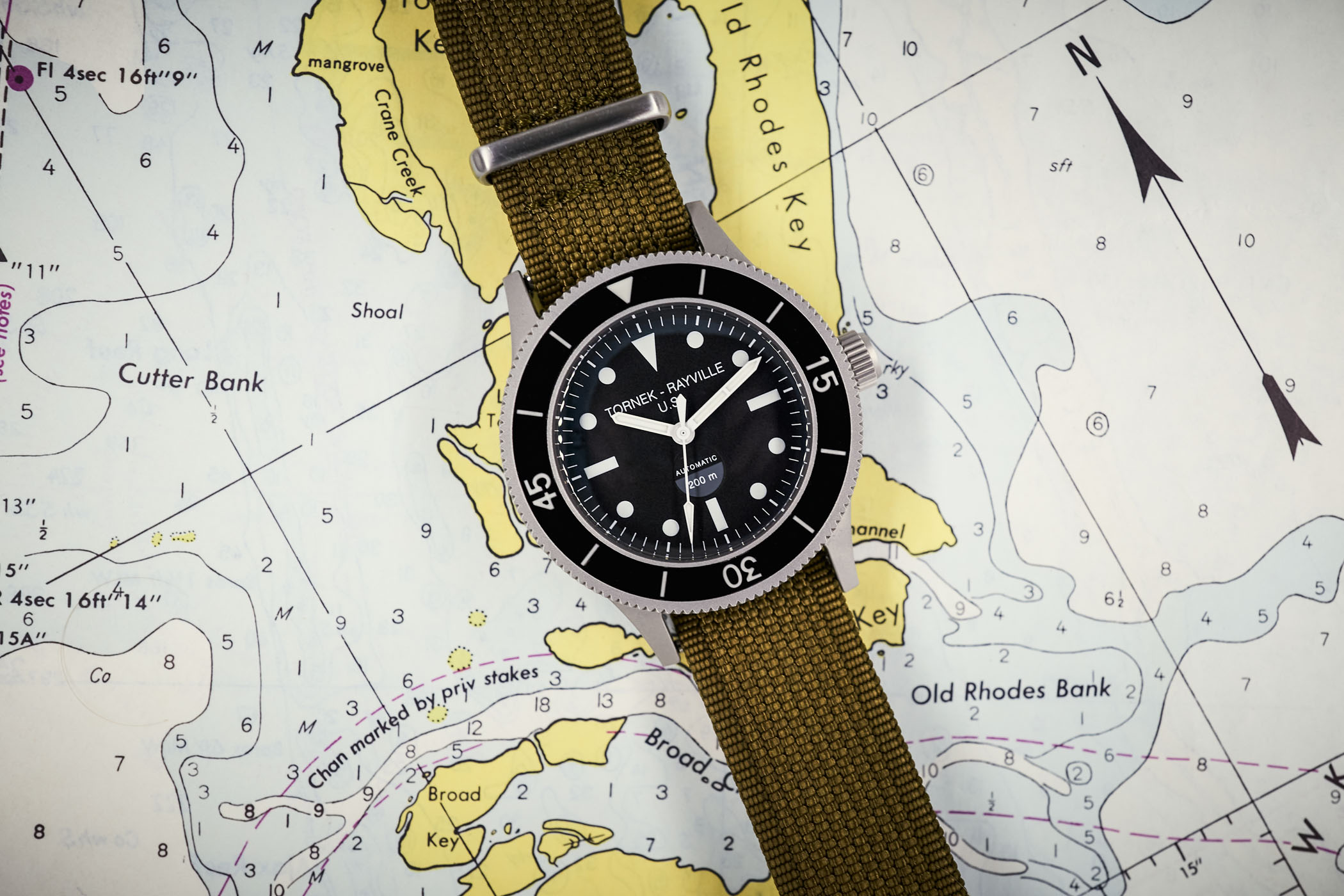
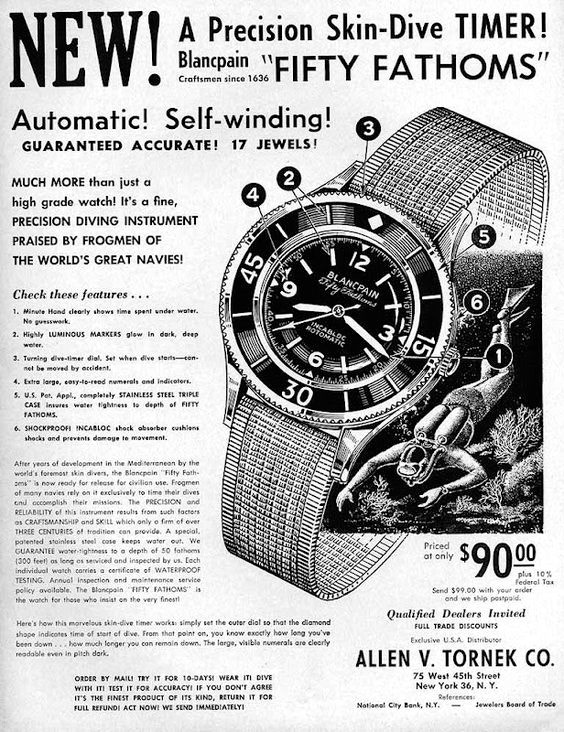
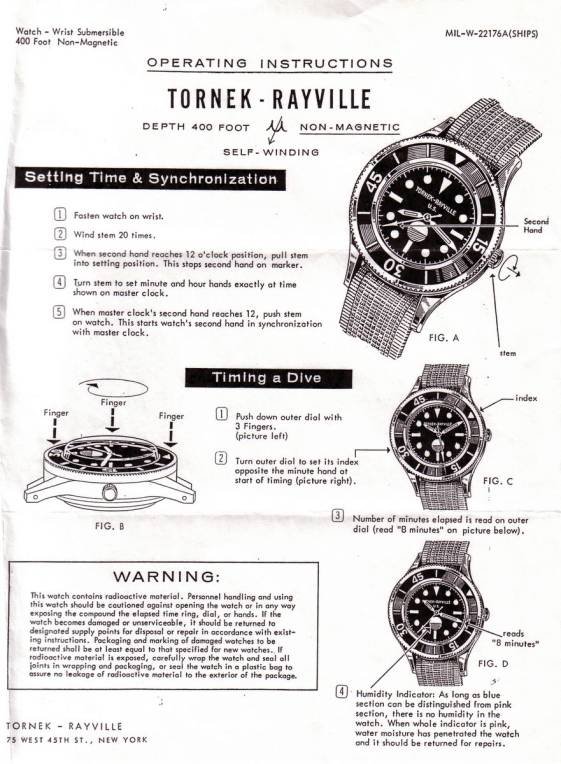
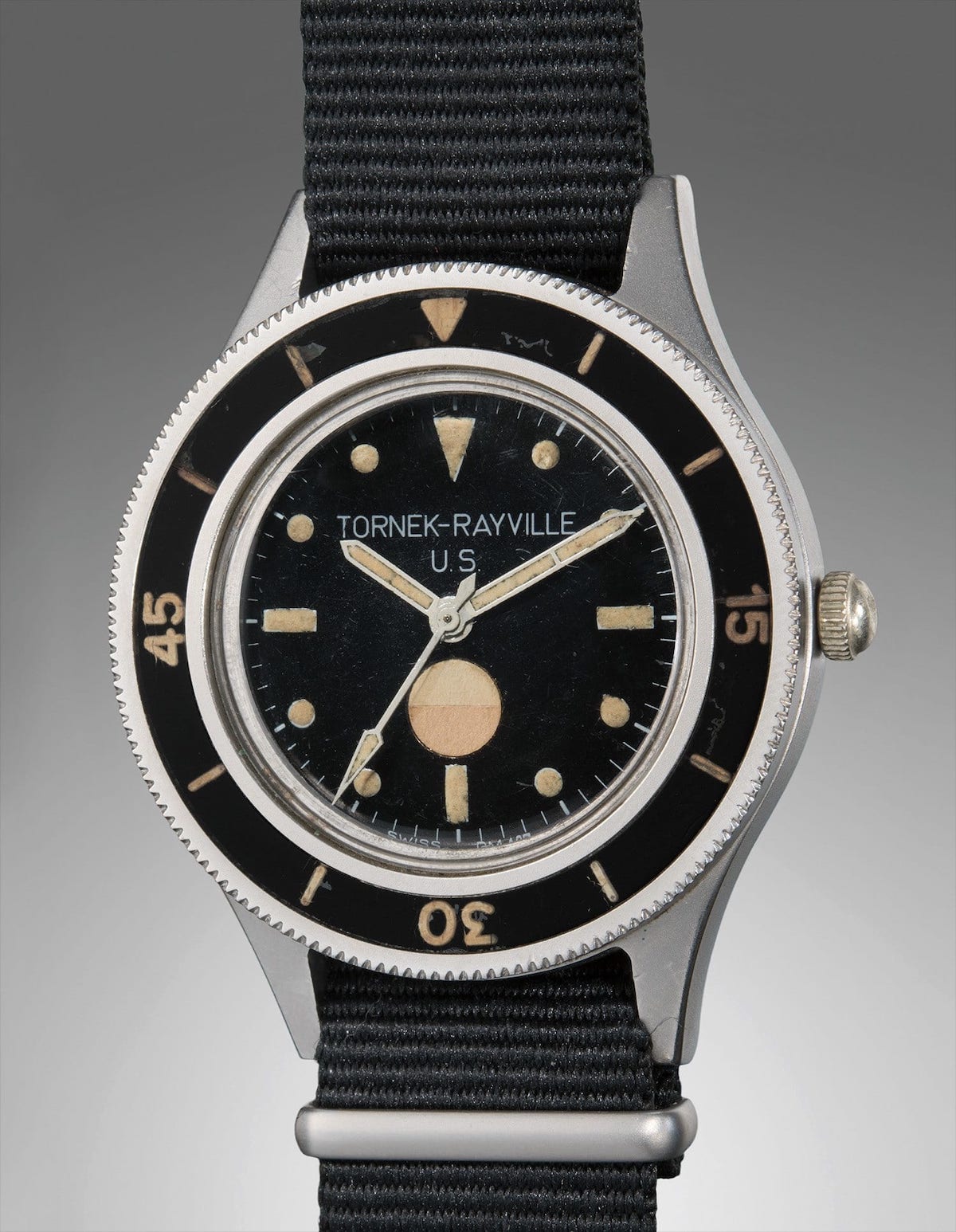
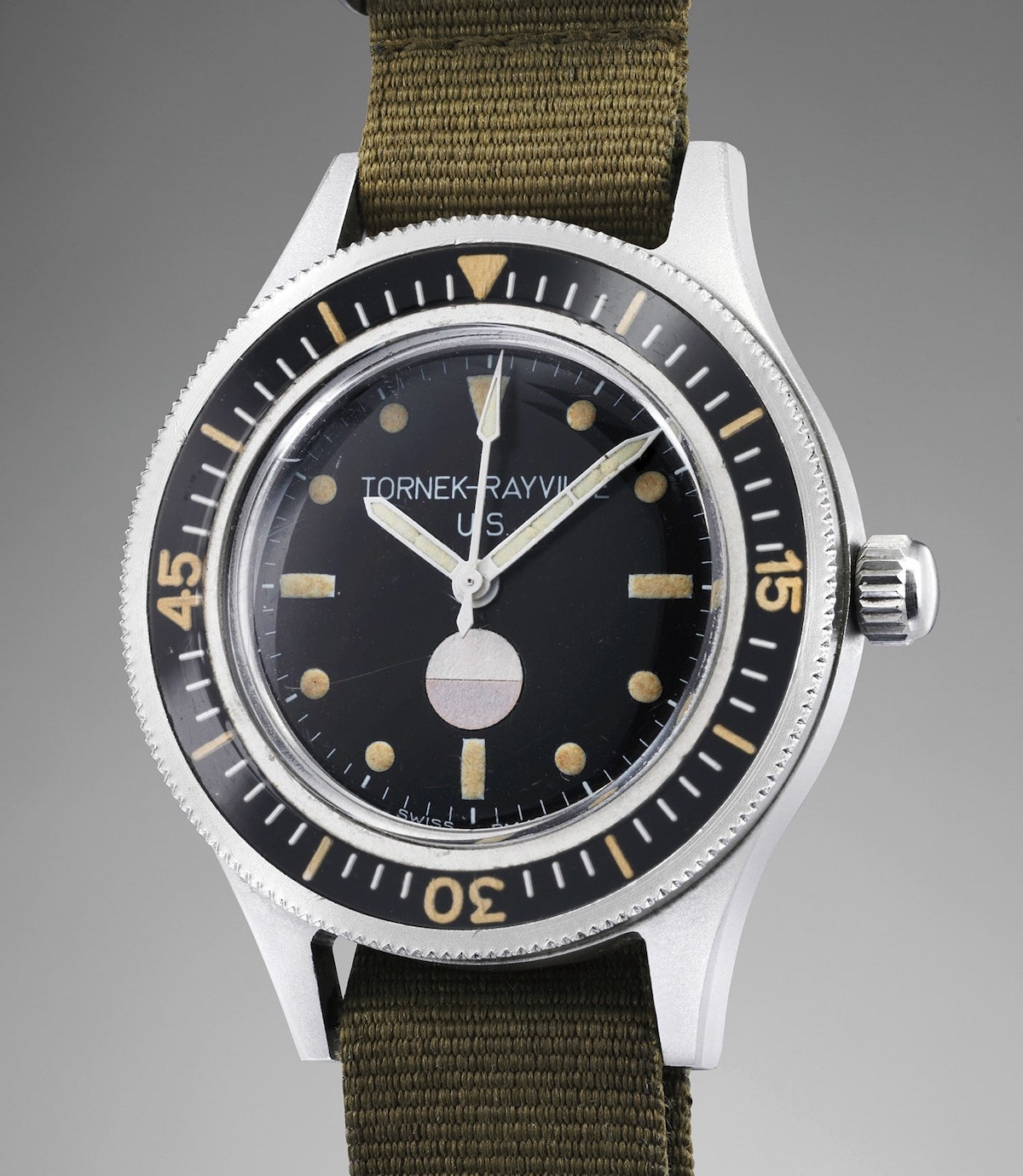


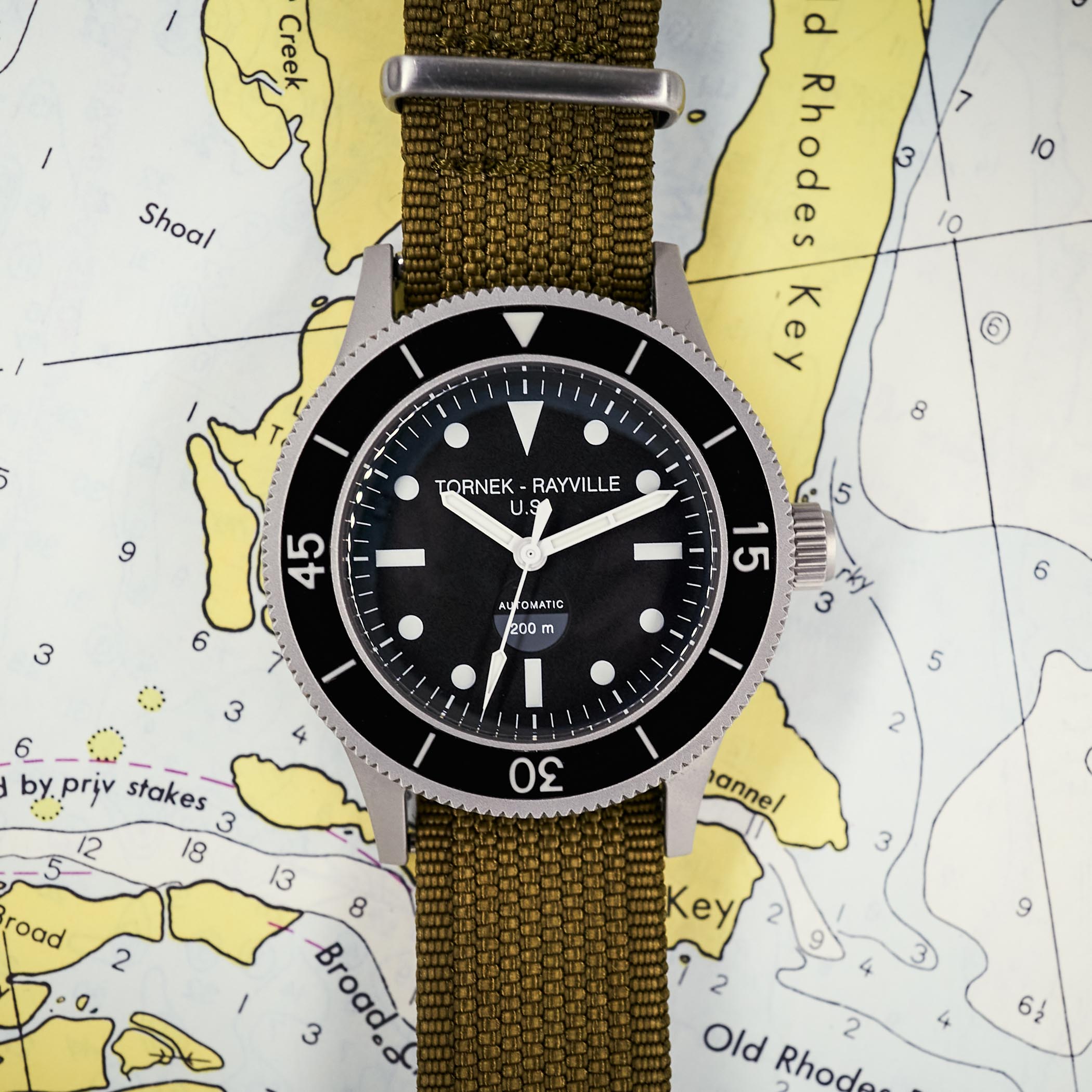
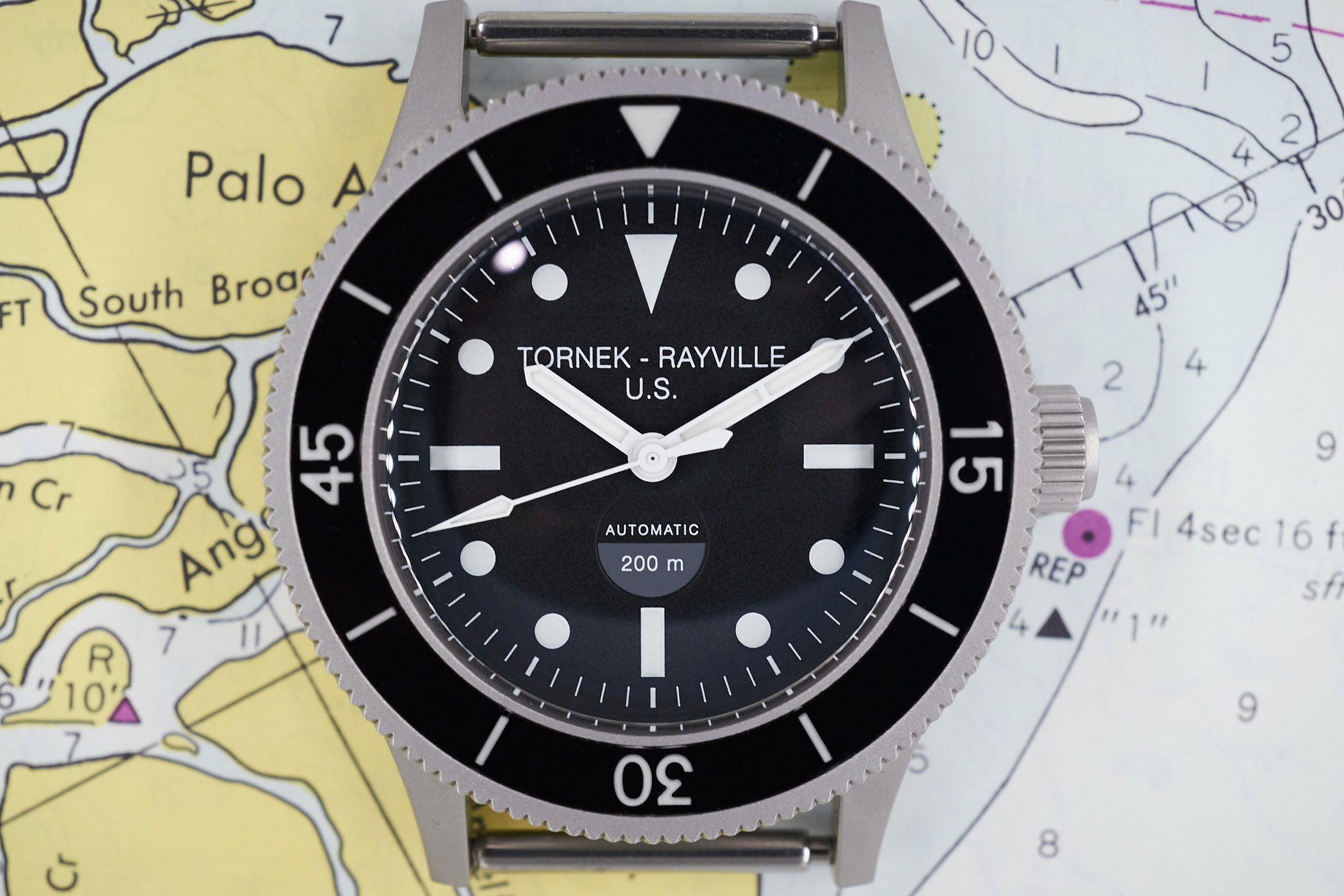
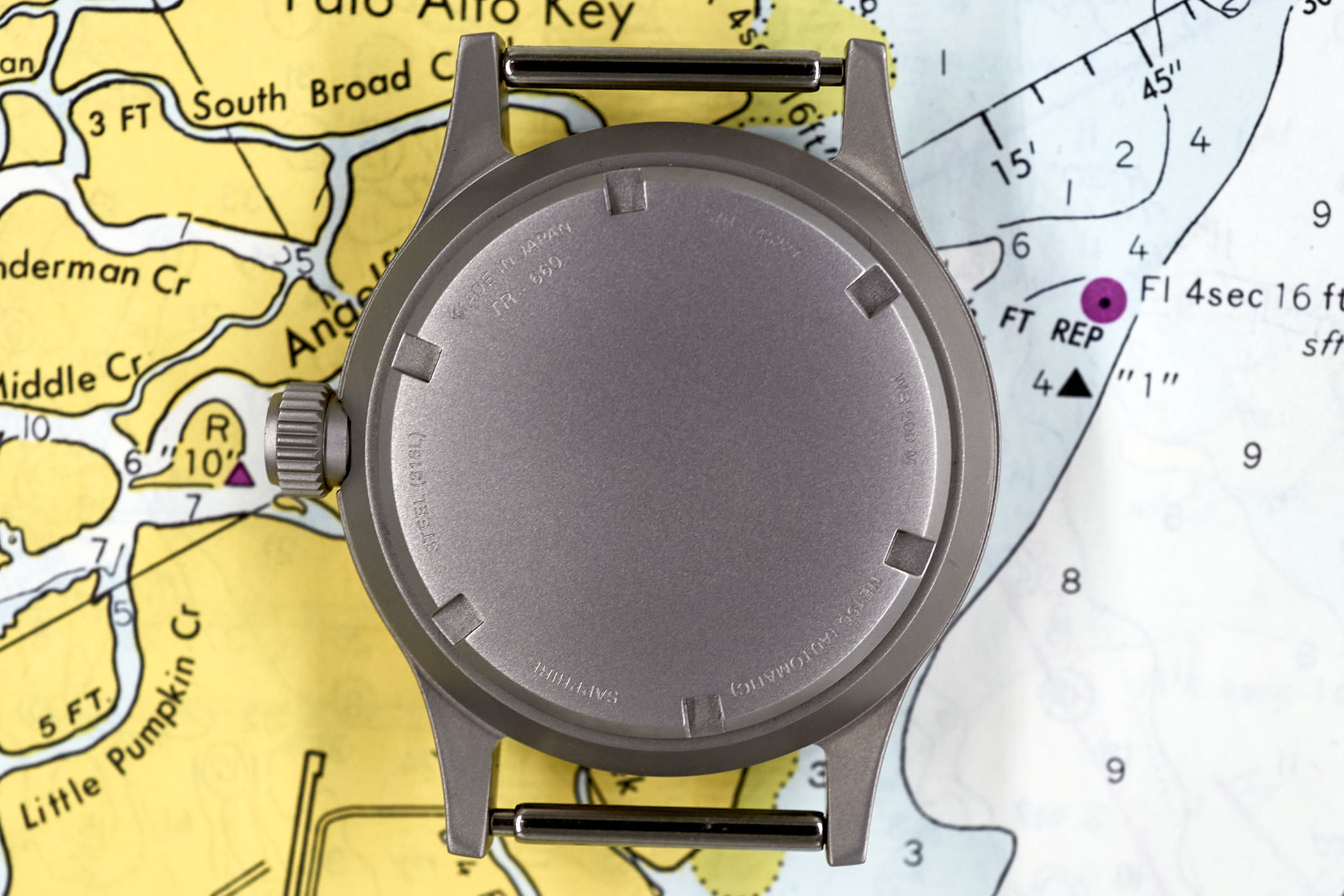
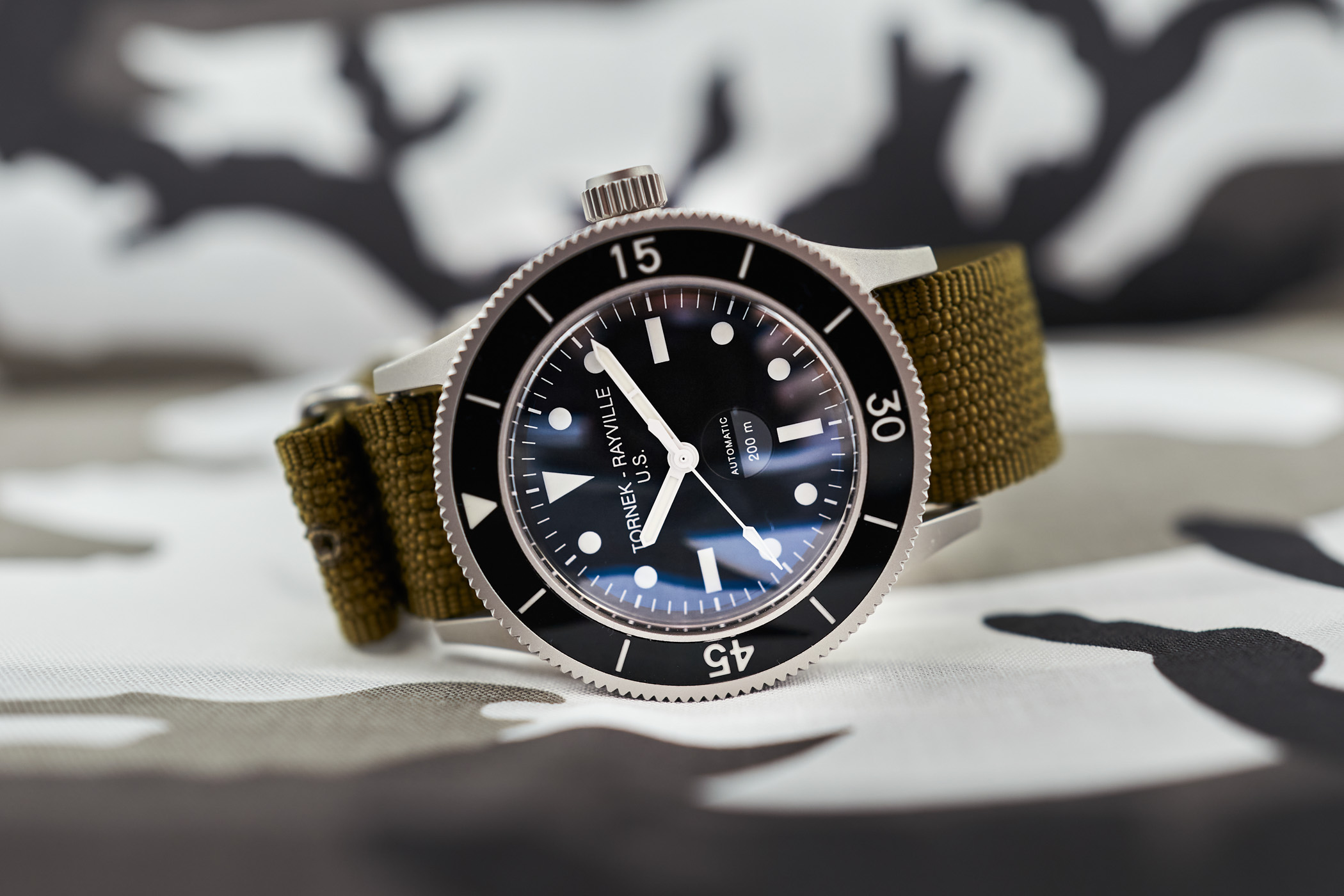
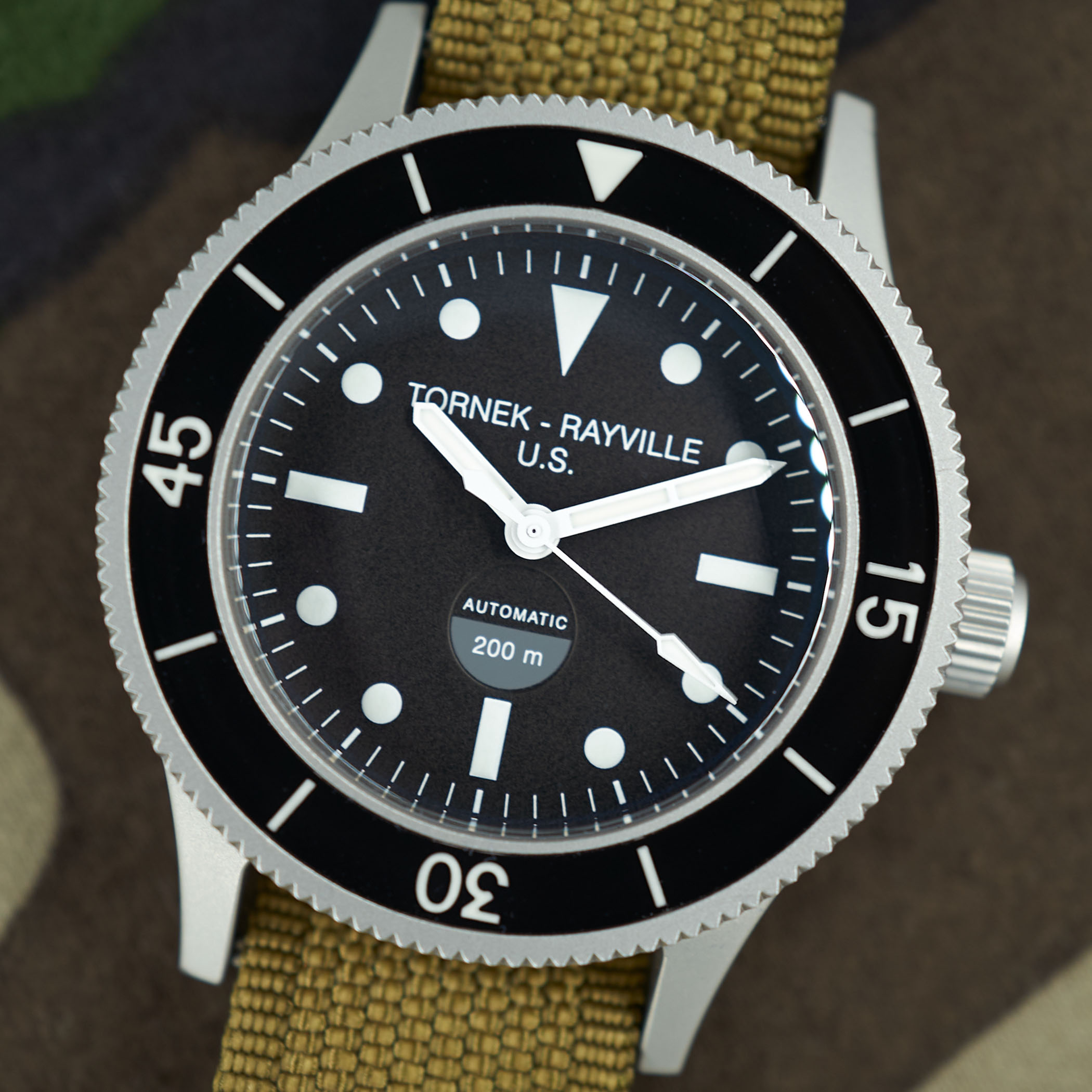
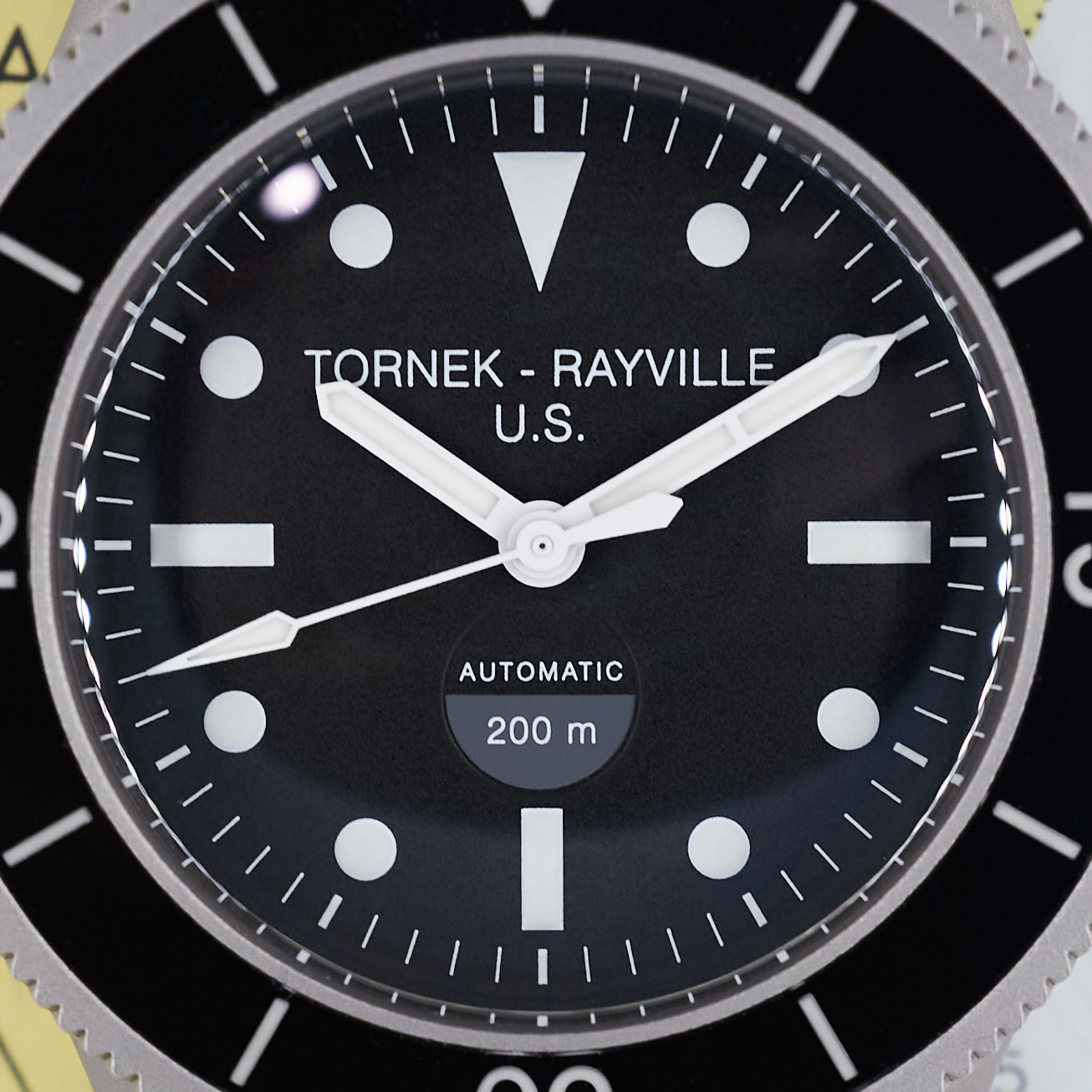
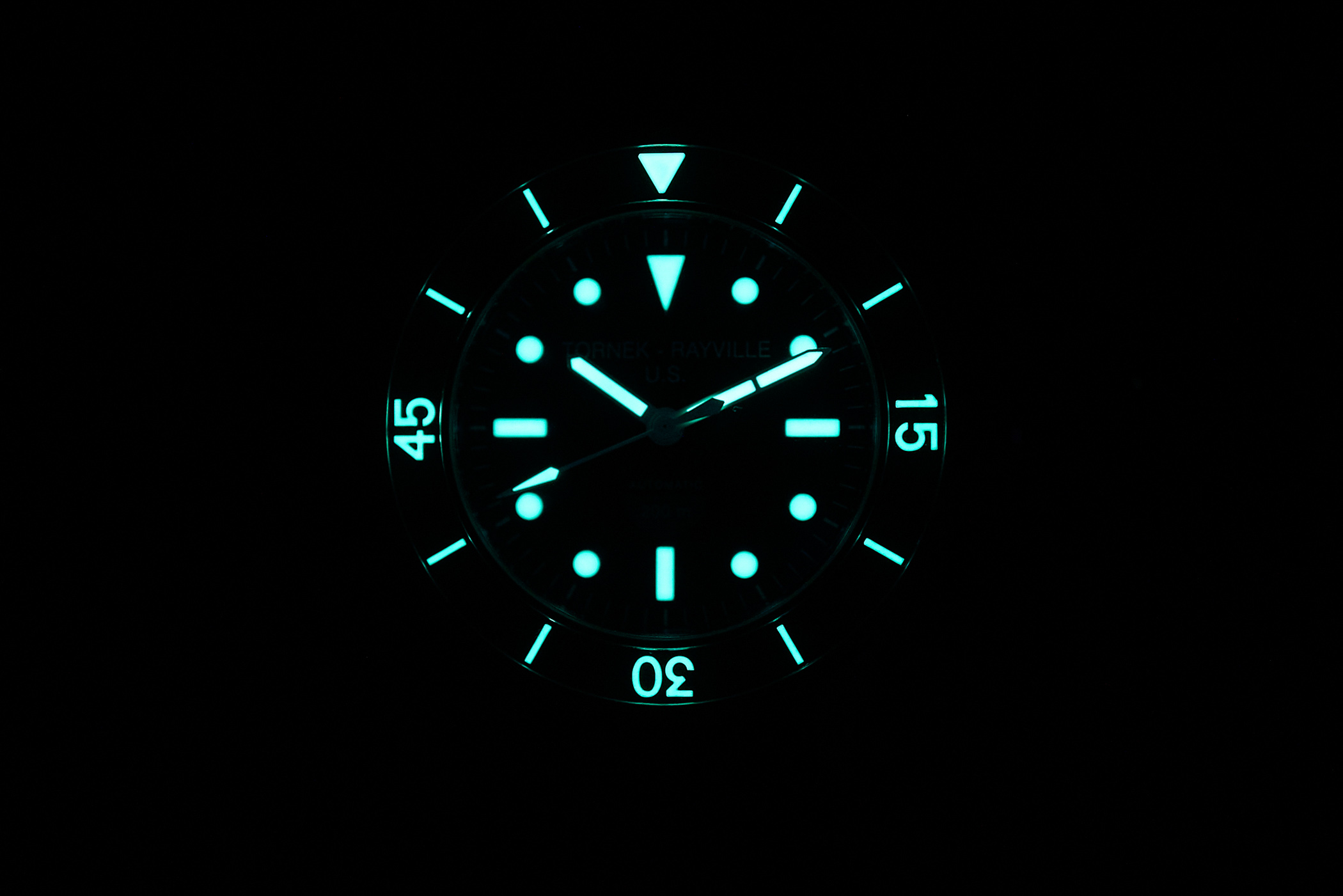

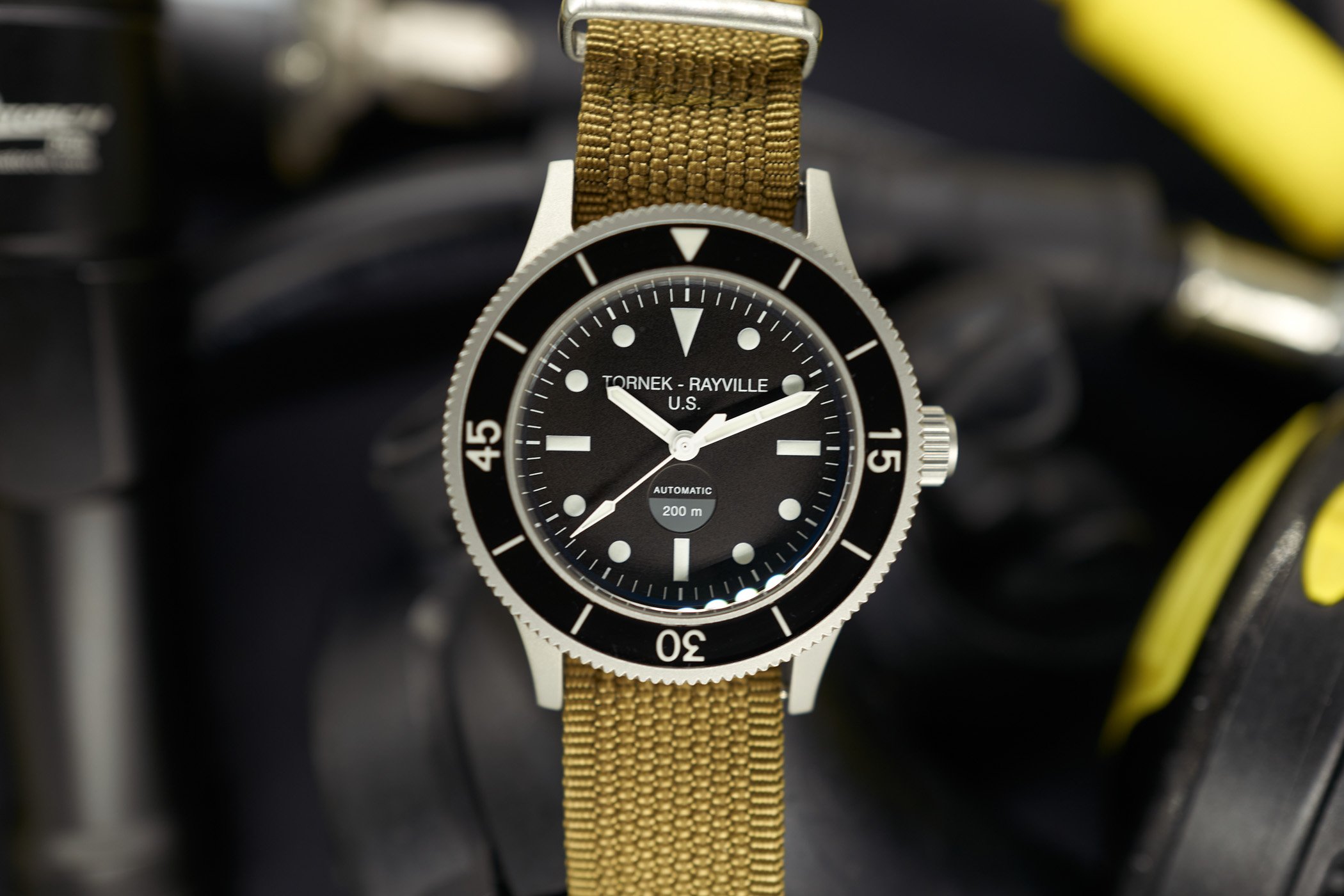

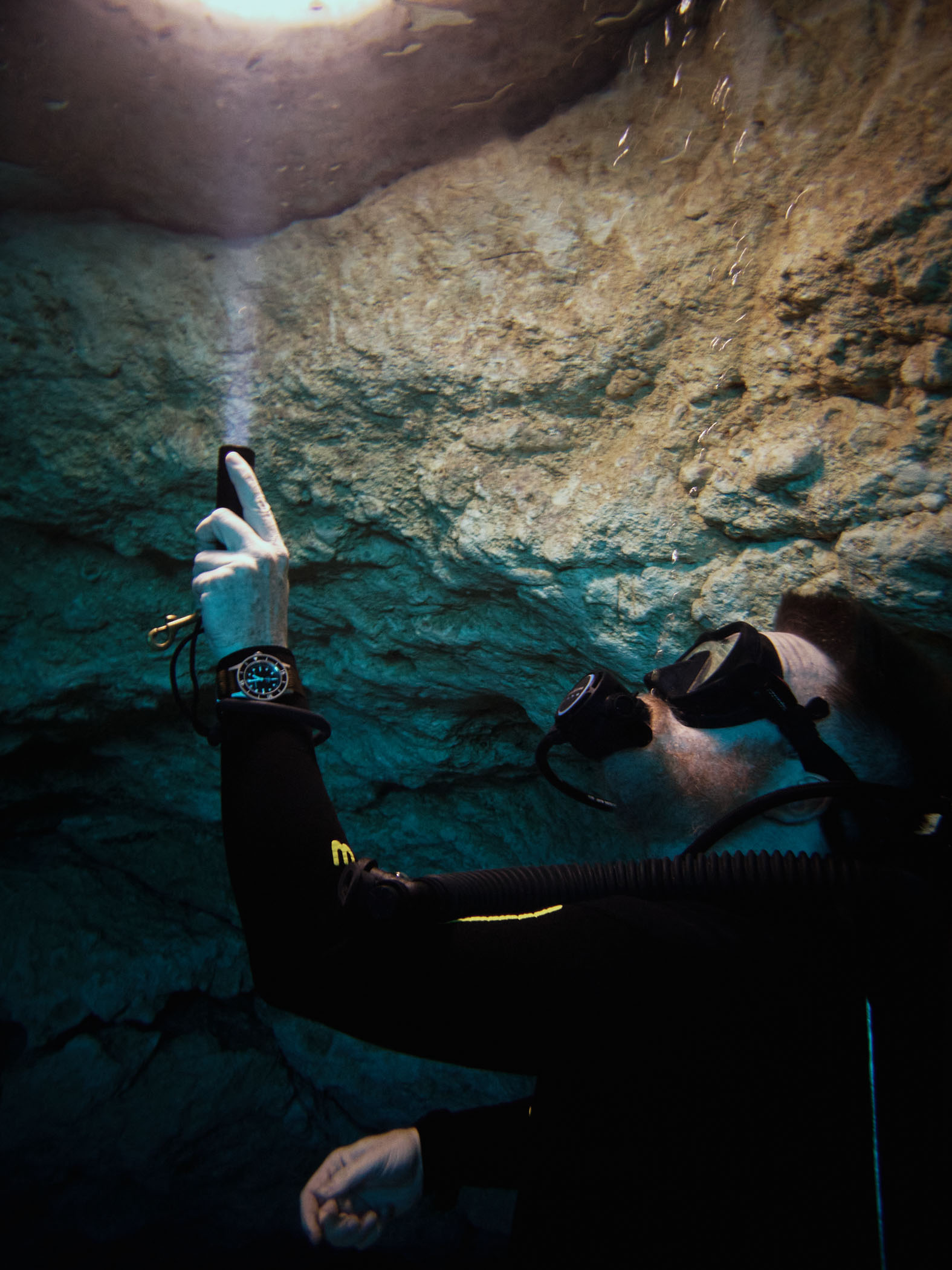

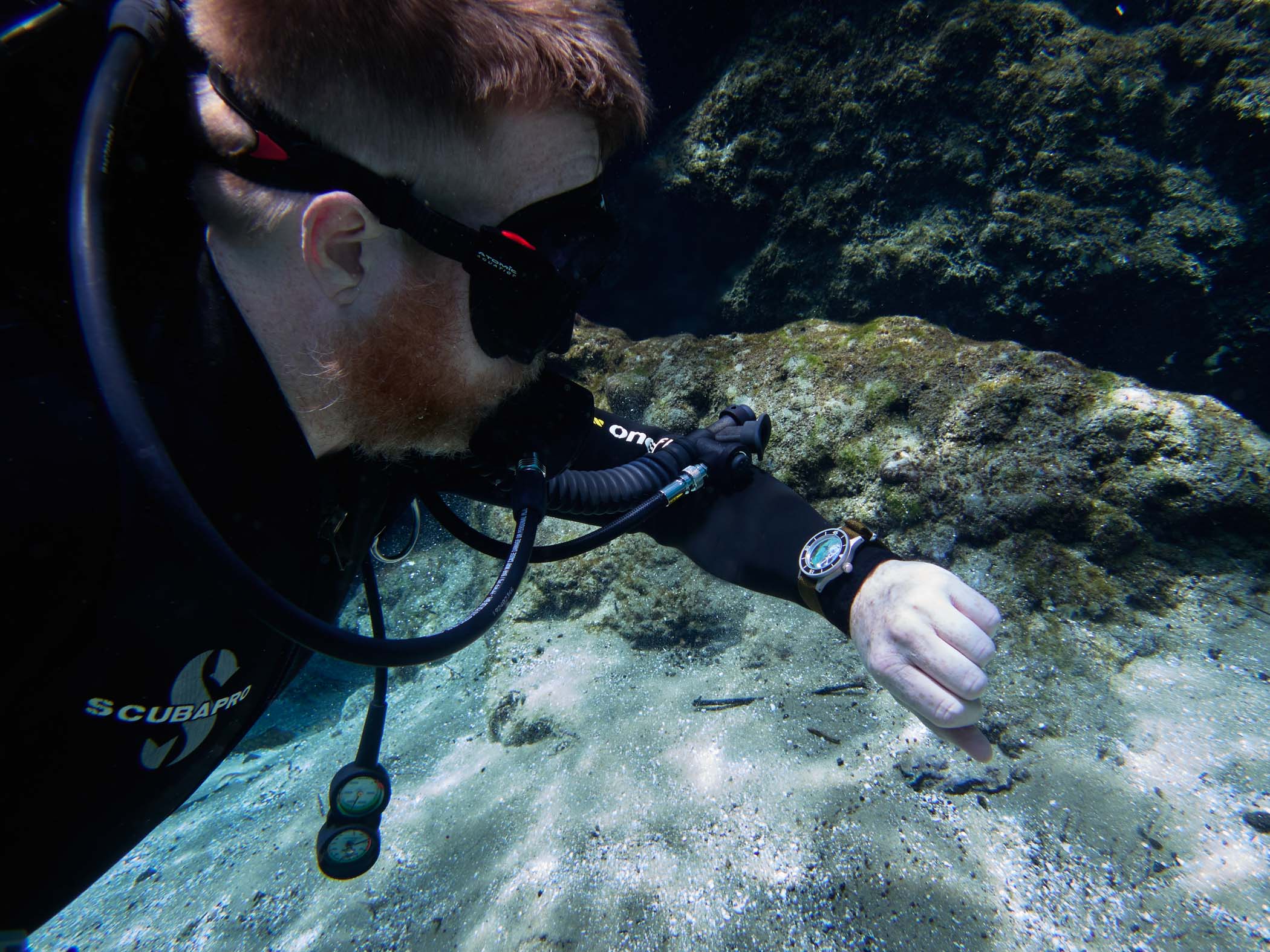
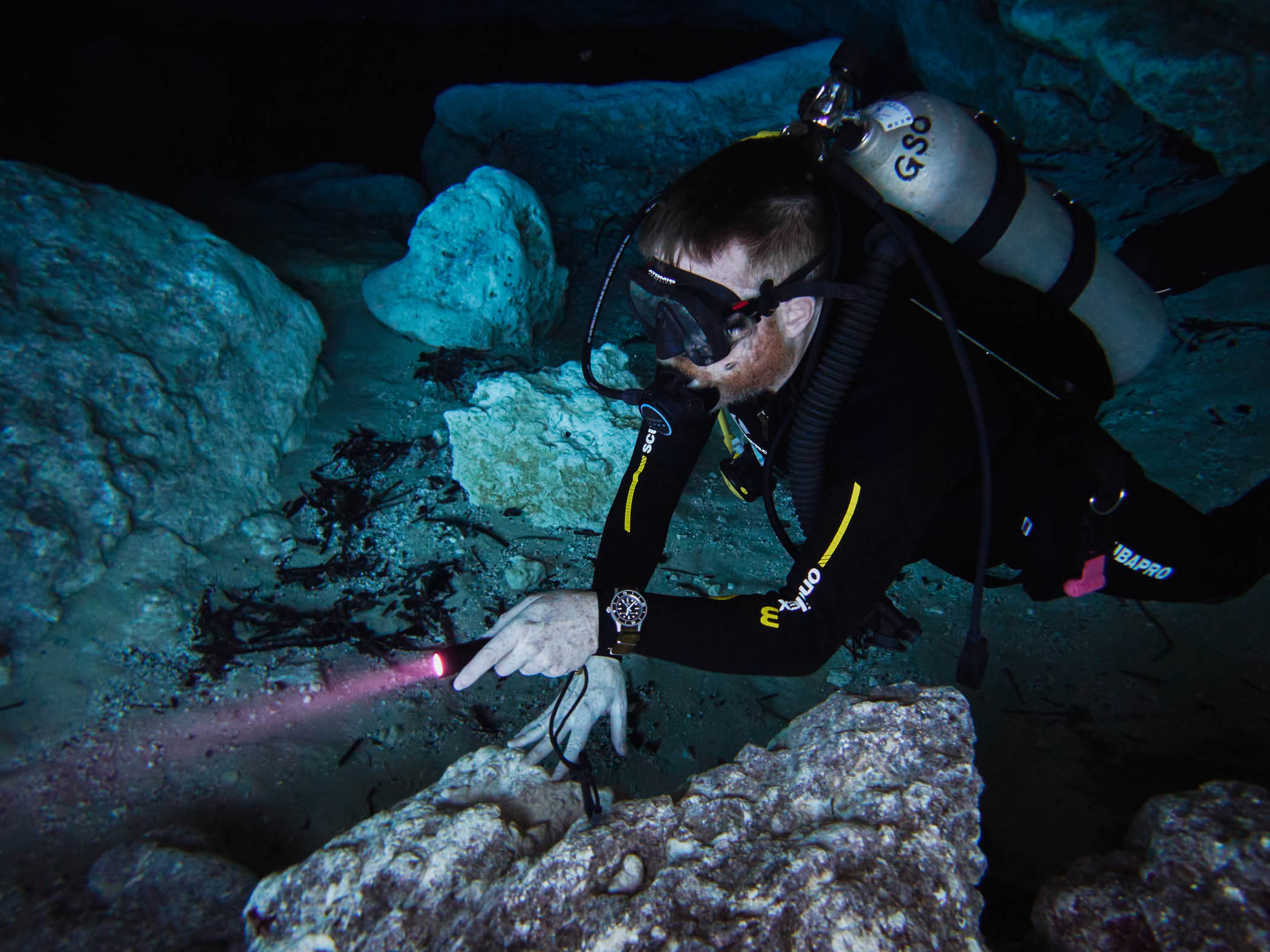

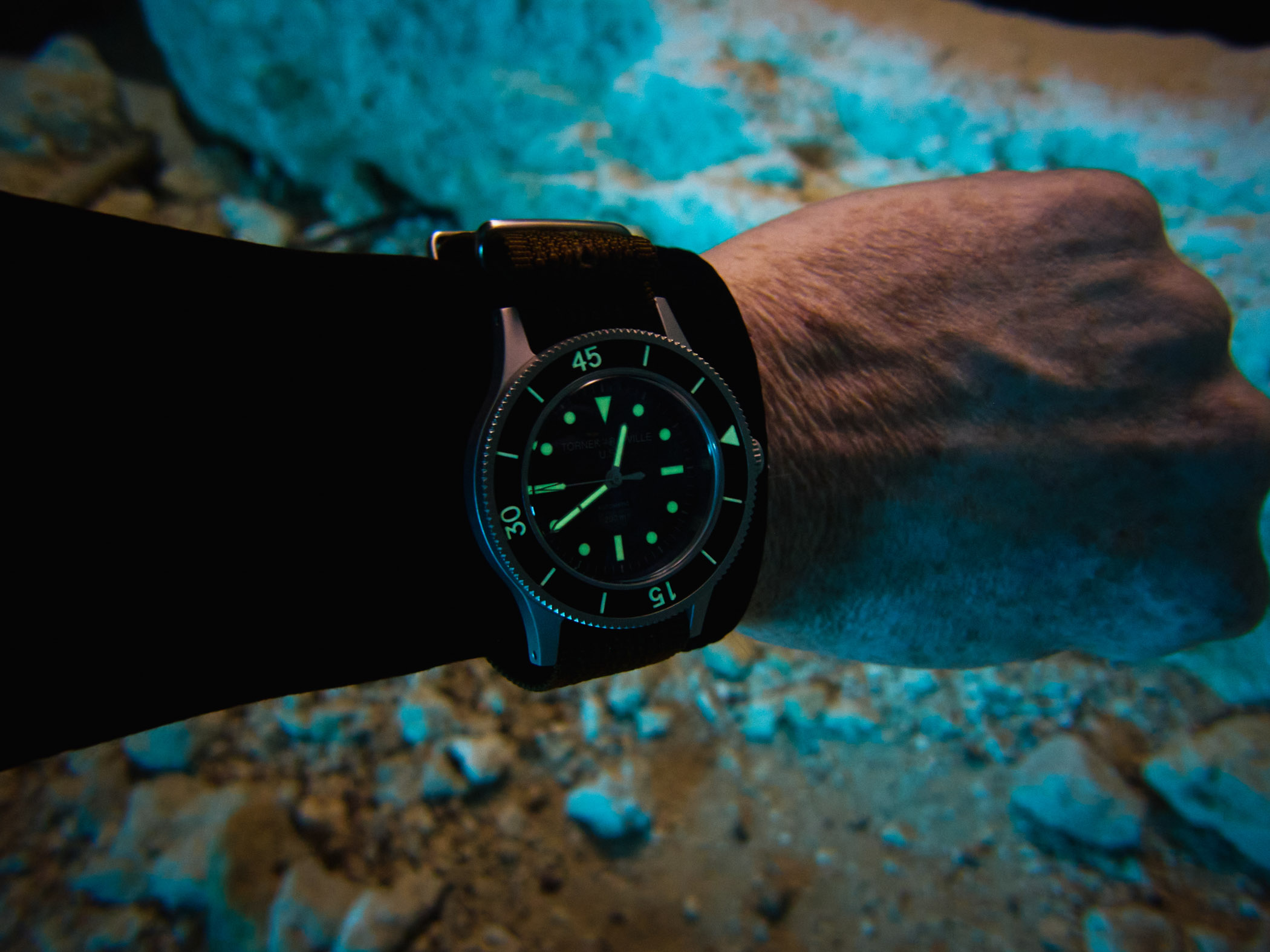




3 responses
As a combat diver in the 1960’s – 1980’s , I was issued a Tornek-Rayville 900 ( among a slew of other watches issued over a 25 yr career). We all joked about the box it came in . There was a warning label that said ,” if crystal breaks , place watch on ground and step away”. Pretty funny, eh ?!? I’m not sure where you did all your research and gathered your info from , but the Rolex’s never had a failure. They passed all tests but were eventually turned down because they were to expensive, in those days the military would have been paying $88 per unit . It was strictly a money issue . Don’t know why everyone has to bash Rolex. Wow . Anyways , good article and very nice watch.
One of these meaningless overpriced rebirths…
@tim – Rolex failing these tests is mentioned in a Hodinkee article about this reissue and a couple others. They were definitely military issue. Maybe not in this period of time?